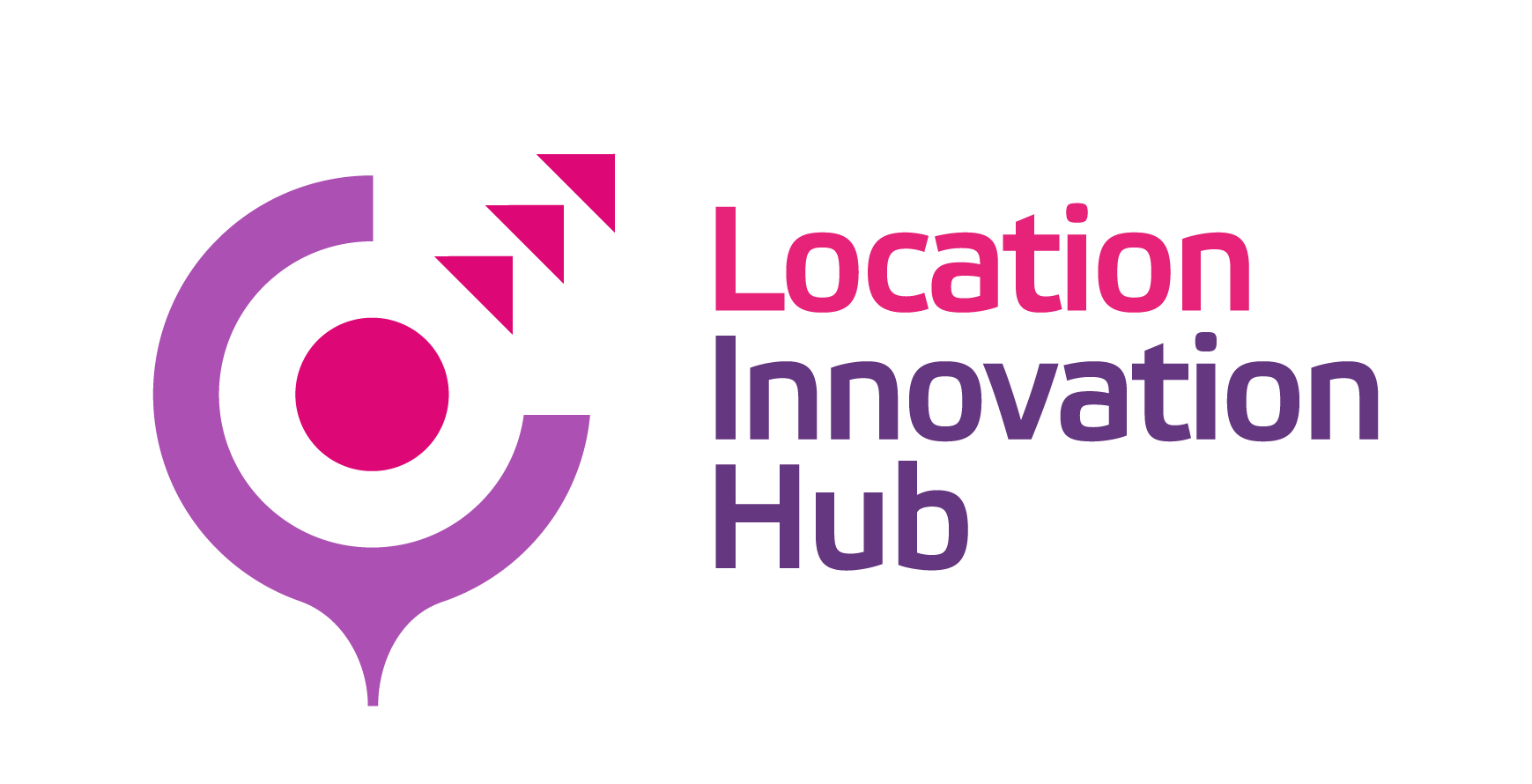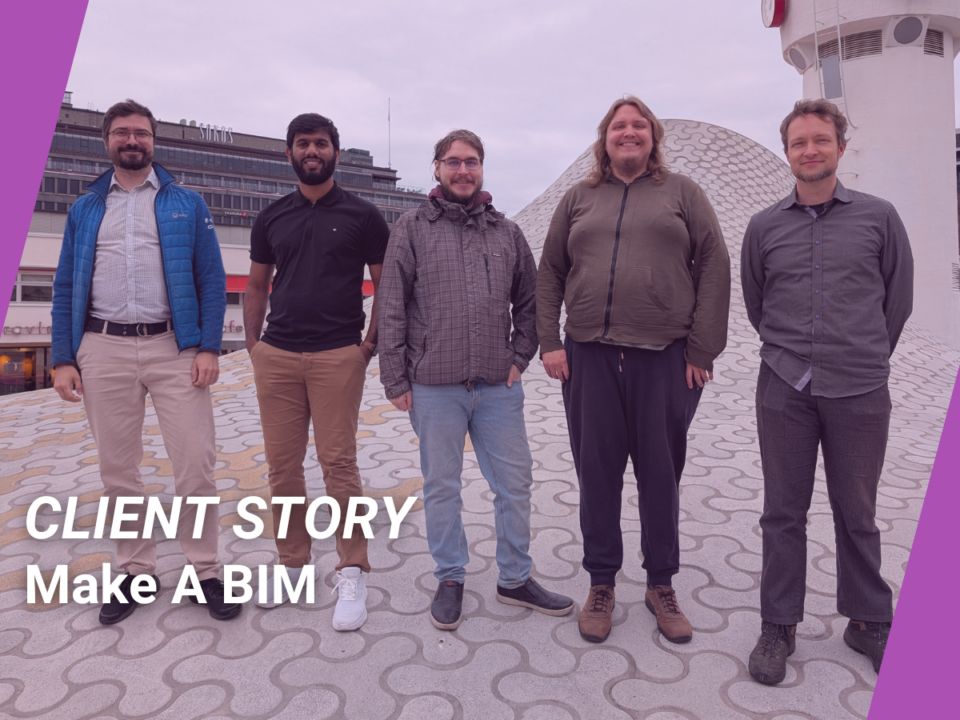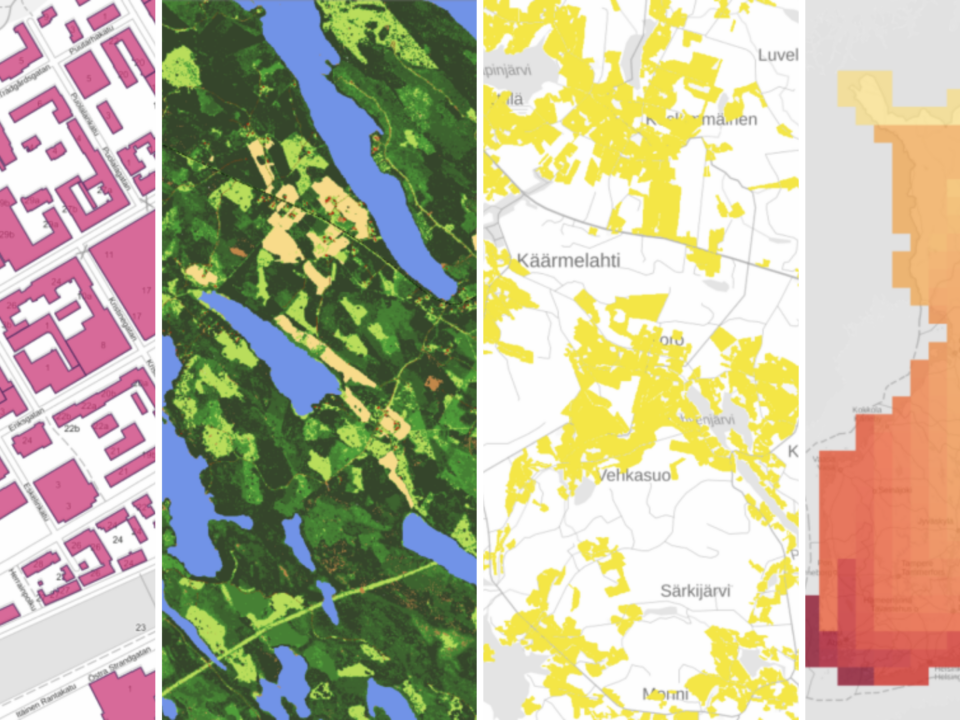
Welcome to CSC’s Supercomputing Innovation Summit 4–5 October in Kajaani!
23.08.2023
31.10.2023: Tarkan paikannuksen tulevaisuus, the future of precise positioning
12.09.2023Precise positioning opens up new opportunities for business development
Precise positioning is the ability to determine a location with high accuracy using global satellite positioning systems and other related technologies. The field of positioning has developed dramatically in recent years, opening up opportunities for businesses in a wide range of sectors to exploit the potential of precise positioning. Now is an excellent time to explore whether precise positioning could offer new horizons for business development.
Clear benefits for infrastructure
Companies in the built environment sector can benefit from precise positioning as it can improve planning, monitoring and resource management. Fleet management and maintenance is made easier with centimetre-accurate positioning. Precise positioning can also increase the accuracy, reliability and usefulness of digital twins. Digital twins can be used to test different scenarios and anticipate what needs to be done, allowing the potential of precise positioning to be truly harnessed.
In Finland, infrastructure construction is a good example of the use of precise positioning and its impact on industrial productivity.
"GNSS-based machine control systems installed on various types of construction equipment and the data models they use have enabled the coordination of design and construction processes, shortened project lead times and reduced errors during projects," says Geoforum's Executive Director Miika Kostamo.
In the construction industry, the use of precise positioning is being driven by the transformation of design into a data model-based process and the emergence of new applications using precise positioning as part of everyday life on construction sites.
"In Finland, the IFC data models introduced by the new construction law will also enable wider use of the models in site measurement and positioning applications," says Kostamo.
Learning to identify challenges
While there are many opportunities, there are also risks that need to be considered in the development process. A key challenge is the reliability of precise positioning, which can vary in different environments and conditions. Reliability issues can make it difficult to plan and optimise transport, for example. For customers, it can be critical that equipment or patient transport arrives at the right place. Of course, there are many ways to address reliability issues, and reliability is constantly improving.
Another important aspect is the security of positioning. Using location-based technology is subject to various regulations and laws, in particular regarding privacy and security. Companies also need to consider the cost of using positioning technology. Deploying and maintaining accurate location technology can be expensive. This can be a challenge, especially for small businesses that may have limited resources to purchase and maintain the technology. The complexity of the technology requires staff training and familiarisation.
Want to know more?
As part of the Geoforum Summit, the Location Innovation Hub is organising a morning session on precise positioning (Tarkan paikannuksen tulevaisuus) to give you an insight into the topic. Come and see practical examples and talk to our experts in the exhibition area after the event. The programme will also include information on obtaining funding for business development, for example for start-ups. Admission to the Tarkan paikannuksen tulevaisuus seminar and exhibition is free. Register here.
If you can't wait until the event, let us help you now! Let's talk about how your business can benefit from precision positioning and how the Location Innovation Hub can help you. Contact us here.





